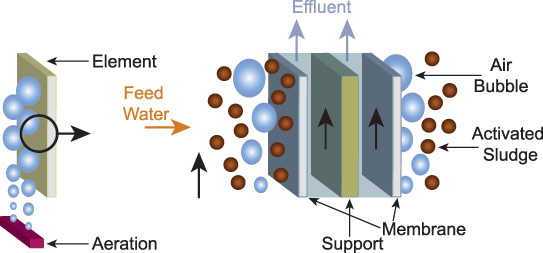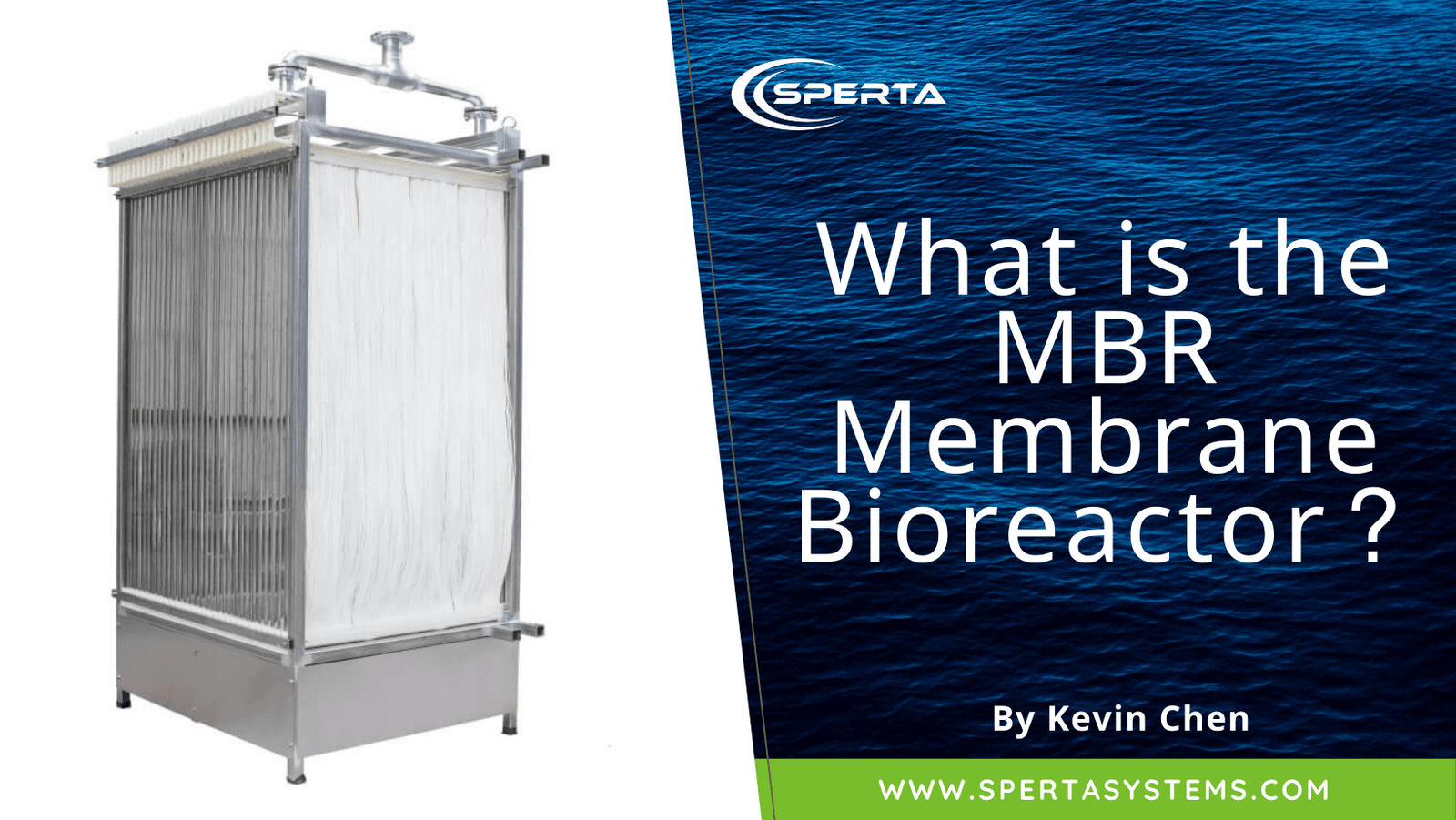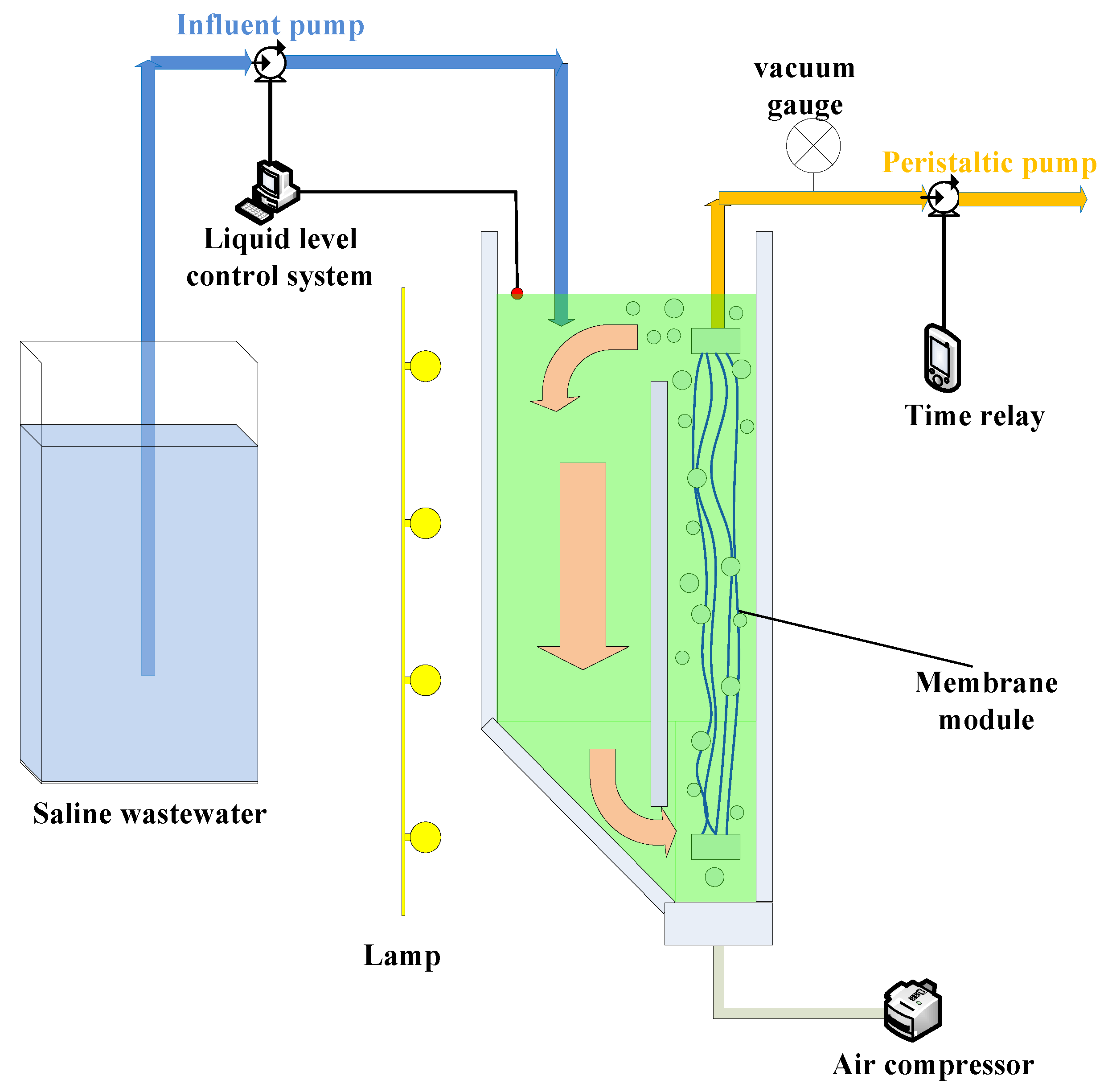The Role of Membrane Bioreactor in Achieving Higher Effluent Quality Standards
The Role of Membrane Bioreactor in Achieving Higher Effluent Quality Standards
Blog Article
Exactly How Membrane Layer Bioreactors Are Transforming Water Filtration Systems
The emergence of membrane bioreactors (MBRs) stands for a significant development in the field of water purification, merging biological treatment processes with innovative membrane layer filtering innovations. As worldwide water scarcity intensifies, the role of MBRs in facilitating potable water reuse and lasting water monitoring comes to be progressively essential.
Review of Membrane Layer Bioreactors
Membrane bioreactors (MBRs) represent a significant innovation in water filtration innovation, as they integrate biological therapy procedures with membrane purification. This assimilation boosts the effectiveness of wastewater treatment by making use of bacteria to deteriorate natural contaminants while concurrently utilizing semi-permeable membrane layers to different treated water from suspended microorganisms and solids.
The MBR system generally is composed of a biological reactor where the microbial populace metabolizes contaminants, adhered to by a membrane layer filtration device that keeps biomass and allows just tidy water to go through. This dual capability leads to greater effluent high quality compared to traditional therapy techniques. MBRs can be run in both batch and continual flow modes, supplying adaptability in layout and application.
They likewise make it possible for the recovery of water for reuse, therefore adding to water sustainability campaigns. On the whole, MBRs are at the forefront of improving water treatment effectiveness and top quality, showcasing the possibility for cutting-edge solutions in environmental management.
Advantages of MBR Innovation
The combination of organic therapy with membrane layer filtration offers numerous advantages for water purification processes. One of the main advantages of Membrane layer Bioreactor (MBR) modern technology is its capacity to effectively remove both organic and not natural impurities, bring about top quality effluent. The membranes act as a physical barrier, preventing suspended solids and pathogens from travelling through, which boosts the total security and dependability of treated water.
Additionally, MBR systems require a smaller sized impact contrasted to conventional therapy approaches, enabling a lot more effective space utilization. This portable style is especially advantageous in city setups where land is limited. MBRs also show operational flexibility, suiting differing influent qualities and circulation prices without significant efficiency deterioration.
Additionally, the procedure uses enhanced nutrient elimination abilities, particularly for nitrogen and phosphorus, which are essential for stopping eutrophication in receiving waters. The lowered sludge production related to MBR technology additionally equates to lower disposal expenses, making it an economical service in the long run - Membrane Bioreactor. On the whole, the advantages of MBR modern technology setting it as a leading selection for innovative and lasting water purification systems, resolving both environmental and financial problems
Applications in Water Purification
Applications of Membrane Layer Bioreactor (MBR) technology in water filtration are impactful and diverse, resolving numerous treatment requires across several fields. MBRs efficiently integrate organic therapy processes with membrane purification, making them perfect for local wastewater therapy, industrial effluent monitoring, and also potable water reuse efforts.
In metropolitan settings, MBRs are progressively used to boost the top quality of dealt with wastewater, permitting compliance with rigorous discharge regulations and helping with the recycling of water for irrigation and non-potable uses. Their small style likewise makes them appropriate for metropolitan environments where space is limited.
Industrially, MBR modern technology is used to deal with procedure water and wastewater, especially in markets such as food and drink, pharmaceuticals, this link and textiles. By efficiently eliminating impurities and put on hold solids, MBRs assist markets reduce environmental influences while recovering valuable resources from wastewater streams.
In Addition, MBRs are obtaining grip in decentralized water treatment applications, where small-scale systems can be released in remote areas or developing regions. This adaptability makes it possible for areas to accomplish sustainable water administration options, enhancing access to tidy water while minimizing reliance on standard therapy techniques.
Study and Success Stories

In one more instance, a textile production facility in Bangladesh took on MBR innovation to resolve its wastewater difficulties. The system lowered chemical oxygen demand (COD) degrees from 1,200 mg/L to less than 100 mg/L, therefore meeting governing standards and dramatically reducing ecological influence.
The University of Cape Community's MBR installation has actually proven efficient in dealing with greywater for non-potable reuse on school. This job not just conserves safe and clean water yet also offers as an educational design for lasting practices.
Moreover, a seafood handling plant in Norway made use of MBR innovation to deal with effluents containing high levels of raw material, achieving over 90% contaminant elimination. These study highlight MBR modern technology's versatility and its crucial role in improving water top quality throughout varied applications.
Future of Water Treatment Solutions
As worldwide water shortage and air pollution obstacles heighten, cutting-edge water therapy solutions are becoming increasingly necessary to make certain lasting accessibility to tidy water. The future of water therapy depends on the integration of advanced technologies that enhance get redirected here the efficiency and effectiveness of purification processes. Membrane bioreactors (MBRs) are at the forefront of this evolution, combining biological therapy with membrane layer filtering to create high-grade effluent ideal for numerous applications.

Emerging trends such as resource healing from wastewater, consisting of nutrients and power, will certainly additionally transform therapy facilities right into green hubs. Advancements in nanotechnology and membrane materials assure boosted efficiency and durability of purification systems.

Final Thought
To conclude, membrane layer bioreactors stand for a substantial innovation in water purification modern technologies, effectively integrating organic treatment with advanced membrane layer purification. The many advantages, consisting of boosted effluent high quality and reduced spatial demands, make MBRs particularly appropriate for city applications. Their role in safe and clean water reuse and sustainable water administration highlights their importance in attending to global water shortage obstacles. Proceeded research study and growth will additionally boost the efficacy and adoption of MBR modern technology, ensuring a durable future for water therapy services.
The emergence of membrane bioreactors (MBRs) represents a substantial development in the area of water purification, merging biological treatment processes with innovative membrane layer purification modern technologies. As international water deficiency magnifies, the function of MBRs in helping with drinkable water reuse and lasting water monitoring comes to be significantly essential. They additionally make it possible for the recuperation of water for reuse, hence adding to water sustainability efforts.As worldwide water deficiency and air pollution obstacles escalate, ingenious water therapy services are becoming progressively vital to make sure lasting access to clean water. Their duty in drinkable water reuse and sustainable water administration highlights their value in attending to worldwide water shortage challenges.
Report this page